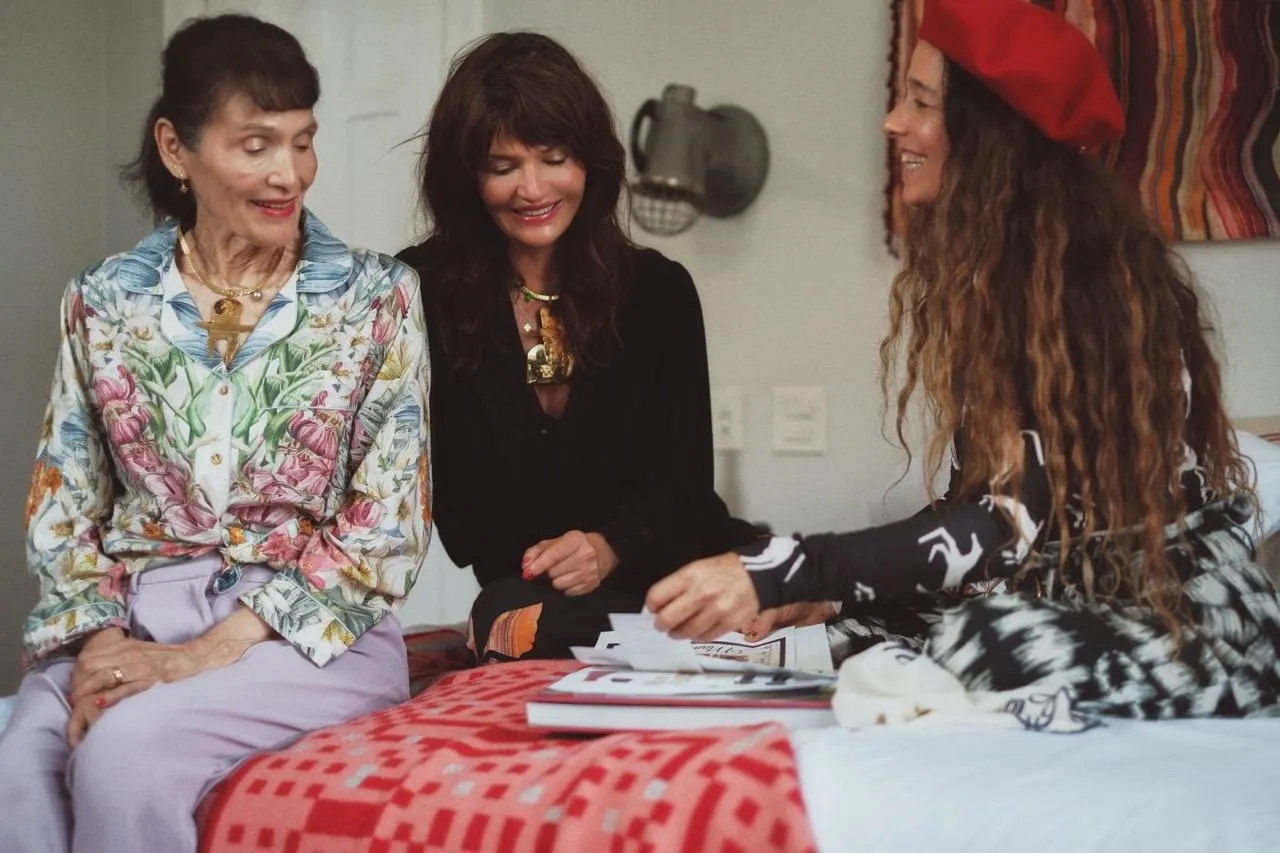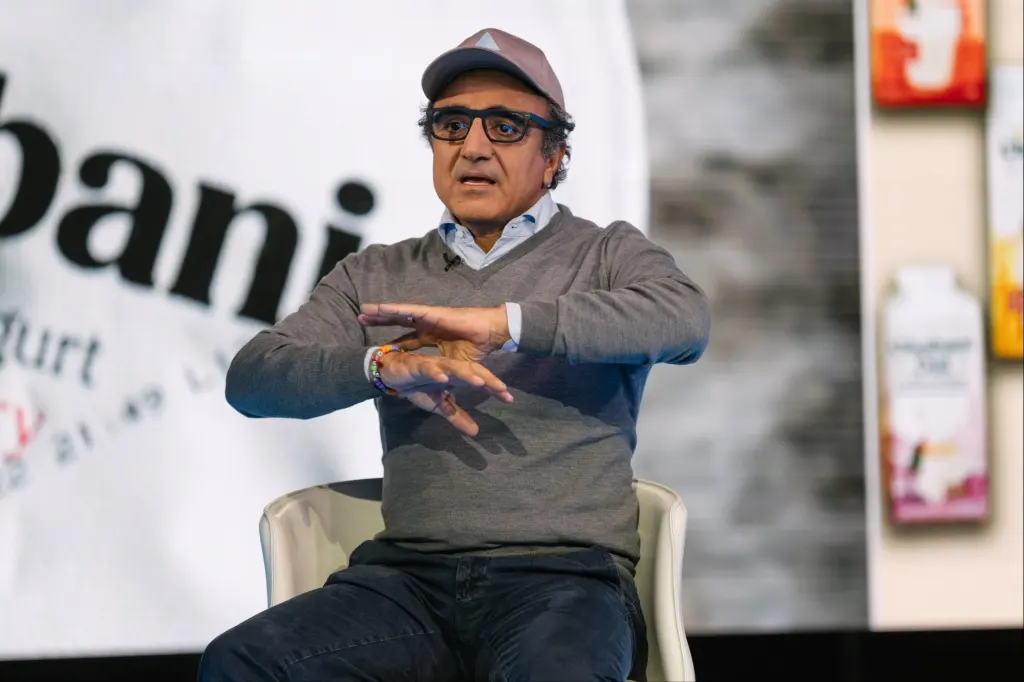Copyright forbes

Helena Christensen, her mother, and CarolinaK designer Carolina Kleinma traveled to Peru together for the Mamacita collection. Carolina Kleinman launched her sustainable fashion brand, Carolina K, in 2005, back when eco-friendly clothing was just emerging and fast fashion was gaining a chokehold on consumers. Since then fast fashion has created literal mountains of clothing, destroying once-beautiful coastlines and deserts. But Carolina K has thrived with an antithetical model: creating small batch clothing that respects the earth and the people who make it, and encouraging fewer, more thoughtful purchases. The brand has been in business for 20 years, proving (along with several others) that a successful fashion label can support rather than harm workers and the earth. To celebrate, Carolina K launched the Mamacita capsule collection, created in collaboration with supermodel Helena Christensen. Kleinman and Christensen share a love of heritage, craftsmanship, and Peru, where they traveled together to develop the collection. Helena Christensen wears a cape, part of a collection she co-created with designer Carolina K. ALEXANDERDIARY “We wanted Mamacita to honor motherhood and the mother weavers of Peru, the women who preserve traditions, nurture their families, and keep culture alive through their hands and stories,” Kleinman says. Such a thoughtful approach its not new to Carolina K. Since the brand’s inception, Kleinman, who grew up in Argentina, wanted the brand to have a social and cultural impact that went beyond creating beautiful clothes. She wanted to build something not just to support herself, but to also celebrate and protect the artistry in remote communities across Latin America. “When I saw these ancestral techniques beginning to disappear, I made it my mission to keep them alive,” Kleinman says. Helena Christensen wearing the Carolina K Mamacita collection, which the supermodel co-created. ALEXANDERDIARY She believes work driven by good intentions and a higher purpose—not just profit—creates a sustainable business in more ways than one. Carolina K supports hundreds of workers and craftspeople around the world—“that’s what longevity means to me,” she says Keeping the brand at a size she can personally oversee and growing only in ways that align with the brand’s vision and values has also contributed to the brand’s ability to remain independent and successful over a span of two decades. Pieces from Kleinman's personal collection, some handed down from her mother and grandmother. Kleinman and Christensen are both in their 50s, and the Mamacita collection is dedicated to their mothers, reflecting the brand’s focus on age inclusivity. “From the versatility of the pieces to their timelessness and accessibility in price, I’ve always wanted Carolina K to be a brand that women of all ages can wear and feel empowered in,” she says. “I see clients in their 60s and 70s wearing our collections beautifully, and that makes me so happy.” Helena Christensen wears a Carolina K suit, hat, and top, part of the Mamacita collection. ALEXANDERDIARY Along with Christensen’s mother, Elsa, the design team traveled to Lima, Peru to style and put finishing touches on the collection. Christensen brought a collection of her own vintage pieces for inspiration, and they shot the collection a centuries old monastery, an historic home, and the vibrant Barranco district. The result is a particular, rarely-achieved modern take on bohemian style. Far from invoking music-fest garb, the capsule collection includes special-event-worthy dresses, plus separates that could be styled for a corporate setting. Think embroidery and fringe on a knit, fiery-red maxi dress, a loop-knit cropped cardigan, and tailored jackets, blouses, and pants made earthy by way of soutache embroidery. The price points are more attainable than most luxury brands while delivering the same (if not higher) level of handmade quality and design. Helena Christensen wears a dress from the Mamacita capsule collection she designed with CarolinaK. ALEXANDERDIARY Ultimately, Kleinman wants her pieces to become heirlooms “Recently, my husband’s mother turned 90th and I gifted her one of our sweaters,” she says. “She hasn’t stopped wearing it since and that, to me, is the most rewarding part. To know that our pieces can be loved by women across generations, passed down from grandmother to mother to daughter, that's what timeless design is all about.” Editorial StandardsReprints & Permissions



